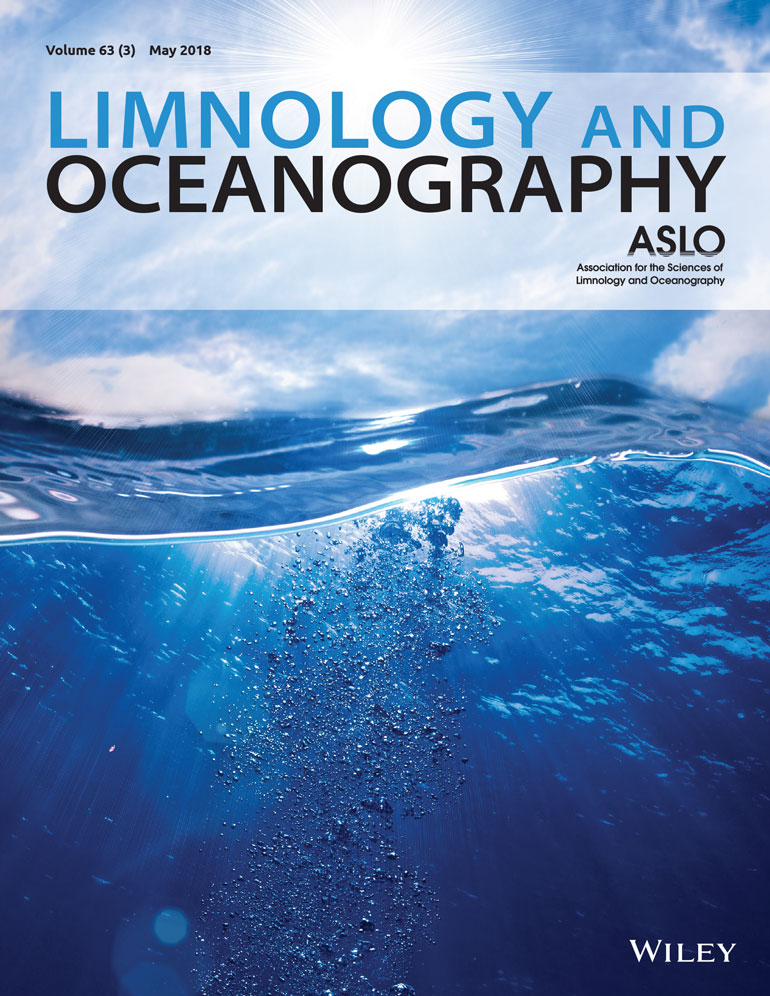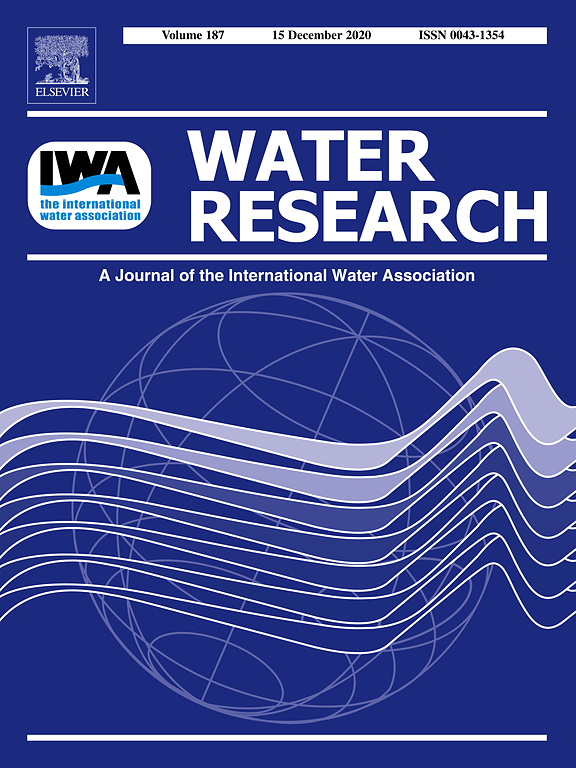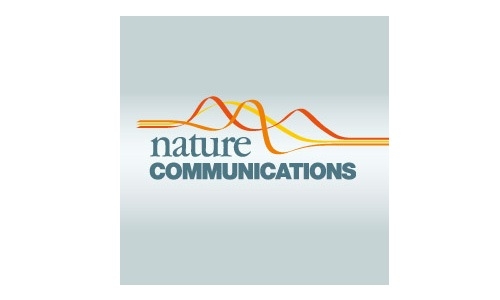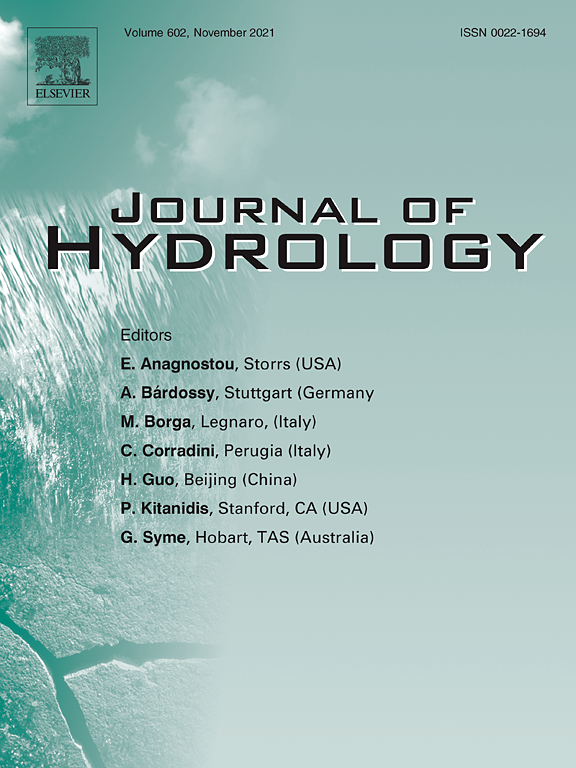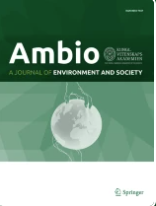- Department:(Dept. 1) Ecohydrology and Biogeochemistry
Migrating ripples create streambed heterogeneity altering microbial diversity and metabolic activity
The field study compared sediment characteristics as well as multitrophic diversity and function in two vertical layers of migrating ripples and stationary patches in sandy lowland streams. It indicates that migrating bedforms create streambed heterogeneity by modulating the abundance, diversity, and structure of different trophic guilds of microbial communities and their resource acquisition.
Light over mechanics: microbial community structure and activity in simulated migrating bedforms are controlled by oscillating light rather than by mechanical forces
The authors tested the effect of 3 migration velocities as well as oscillating and constant light conditions on the structure and function of the microbial community residing in sediments from migrating ripple and stationary patches: Light oscillation is the predominating environmental factor during ripple migration, resulting in an increased vulnerability of light-dependent photoautotrophs.
Persulfate activation by biochar and iron: Effect of chloride on formation of reactive species and transformation of N,N-diethyl-m-toluamide (DEET)
This study investigated the formation of reactive species during the activation of the chemical oxidant persulfate with biochar and iron in different water types for the removal of organic contaminants. The presence of organic matter and chloride altered the reactive species formed, emphasizing that the water matrix is a critical factor for the application of this oxidation process .
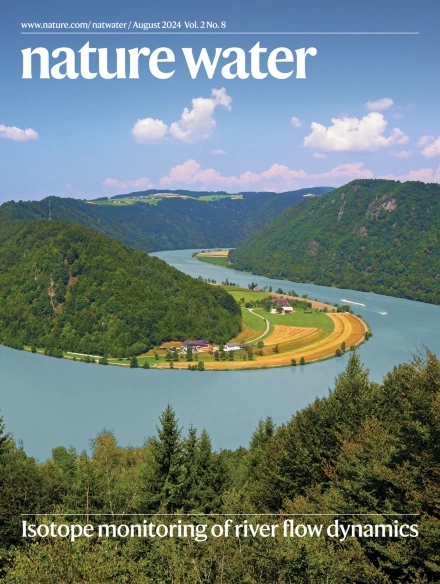
Mixtures of organic micropollutants exacerbated in vitro neurotoxicity of prymnesins and contributed to aquatic toxicity during a toxic algal bloom
This study investigated how organic micropollutants and the algal toxins prymnesins interact as mixtures in water extracts from the Oder River using neurotoxic effects on human nerve cells in vitro. The authors showed that prymnesins dominate the neurotoxic effects, but many of the detected organic micropollutants exacerbate the lethal effect of prymnesins.
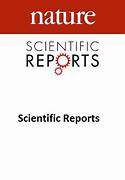
Unpredicted ecosystem response to compound human impacts in a European river
The authors have compiled and analyzed the key environmental factors that led to the mass development of the brackish water alga Prymnesium parvum in the Oder in the summer of 2022. The data synthesis shows how multiple stressors combined to allow an alga that normally thrives in stagnant salt water to proliferate en masse in a completely atypical habitat.
Linking terrestrial biogeochemical processes and water ages to catchment water quality: A new Damköhler analysis based on coupled modeling of isotope tracers and nitrate dynamics
Catchment-scale nitrate dynamics involve complex coupling of hydrological transport and biogeochemical transformations, imposing challenges for source control of diffuse pollution. Coupled modeling of isotope tracers and nitrate dynamics revealed that upland arable areas impose pollution risks under drought while the river-connected lowlands are processing hotspots and more resilient to drought.
Unravelling large-scale patterns and drivers of biodiversity in dry rivers
Unveiling nitrate origins in semiarid aquifers: A comparative analysis of Bayesian isotope mixing models using nitrate and boron isotopes and a Positive Matrix Factorization model
The authors identified the dominant sources of nitrate pollution and biogeochemical transformations in the semiarid region of the Meoqui-Delicias aquifer, Mexico, where the uncontrolled use of chemical fertilizers and manure lead to excessive nutrient input resulting in deterioration of groundwater quality. This provides an evidence base for policy-making to protect drinking water quality.
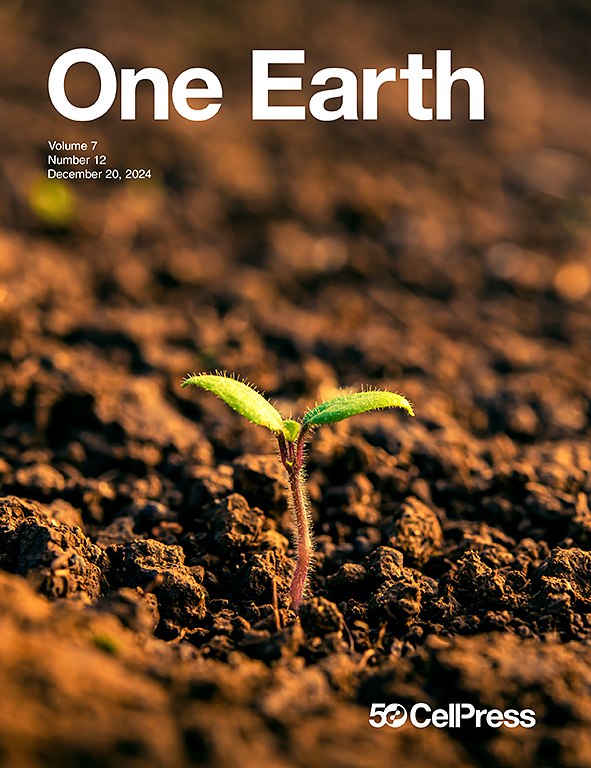
A desiccating saline lake bed is a significant source of anthropogenic greenhouse gas emissions
Desiccating salt lakes are an underappreciated source of greenhouse gases that could become even more relevant as a result of climate change. This study, examining greenhouse gas emissions from the drying lake bed of Great Salt Lake, Utah, calculates that 4.1 million tons of carbon dioxide and other greenhouse gases were released in 2020.
Temperatures and hypolimnetic oxygen in German lakes: Observations, future trends and adaptation potential
A study of oxygen and temperature trends in 46 German lakes showed that temperatures have risen mainly at the surface, but not in the deep water. This led to increased stratification and lower oxygen concentrations. Scenarios showed that these effects of climate change on oxygen content could be compensated by reducing nutrients.


